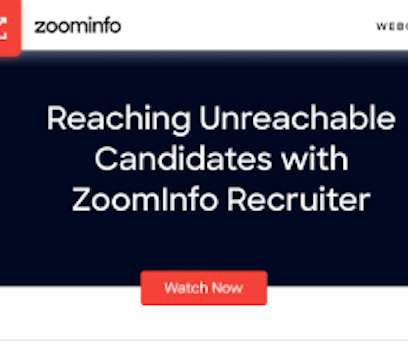This graphic design platform has an apt visual representation for documenting skills—a passport.
HR Brew
OCTOBER 3, 2024
Launched more than three years ago following a company-wide “vision day,” Schultz said, the skills passport has allowed the company to “tweak” its hiring process to more closely align it with its burgeoning emphasis on skills: rethinking how the company writes job ads, interviews and assesses candidates, and documents skills data in the ATS.























































Let's personalize your content